A Stroll Through the Historic Districts in Kimono
When you think of Kyoto, images of narrow streets, traditional tea houses, and elegant people in kimono come to mind. Unlike Tokyo’s futuristic vibe, Kyoto preserves Japan’s timeless charm, making it the ultimate destination for those who want to immerse themselves in history, culture, and beauty.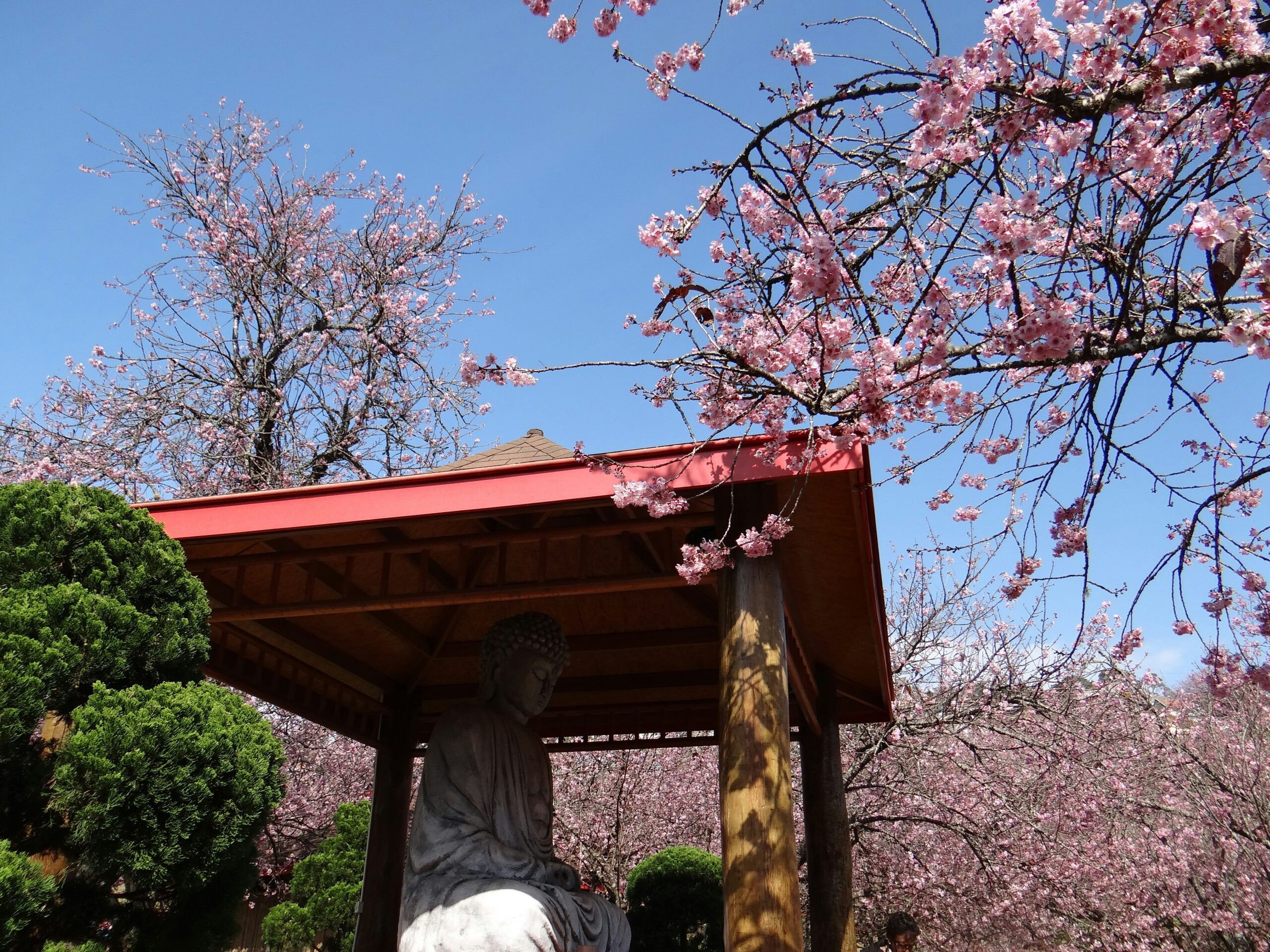
In this article, we will explore Higashiyama and Pontocho, two of Kyoto’s most iconic districts. You will discover why walking through them in kimono is more than just a photo opportunity—it is a journey into Japan’s soul.
If you are planning your visit, don’t forget you can book a professional kimono photoshoot in Kyoto here: AllPhotos Kyoto.
- 1. Why Kyoto Is the Perfect City for Wearing Kimono
- 2. Exploring Higashiyama: Kyoto’s Timeless District
- 3. Pontocho: Kyoto’s Romantic Night District
- 4. The Kimono Experience: More Than Just Clothing
- 5. Tips for Walking in Kimono Through Higashiyama and Pontocho
- 6. Photography in Kimono: Creating Eternal Memories
- 7. Practical Information for Your Visit
- 8. Conclusion: Living Kyoto’s History in Kimono
1. Why Kyoto Is the Perfect City for Wearing Kimono
Kyoto was Japan’s capital for over 1,000 years, and its cultural heritage is still alive in every corner. While modern Japan embraces Western fashion, Kyoto remains the city where kimono is celebrated daily. Locals and tourists alike rent kimonos to walk around temples, shrines, and geisha districts.
Wearing a kimono in Kyoto is not just about fashion—it’s about connecting with history and tradition. In Higashiyama and Pontocho, every stone-paved alley and wooden tea house amplifies this experience.
2. Exploring Higashiyama: Kyoto’s Timeless District
2.1. A Walk Through the Old Streets
Higashiyama, located at the foot of Kyoto’s eastern mountains, is a district where time seems to stand still. The streets are lined with traditional machiya townhouses, shops selling handcrafted souvenirs, and teahouses that have operated for centuries.
Walking here in a kimono feels natural, as if you are stepping back into the Edo period.
2.2. Iconic Landmarks in Higashiyama
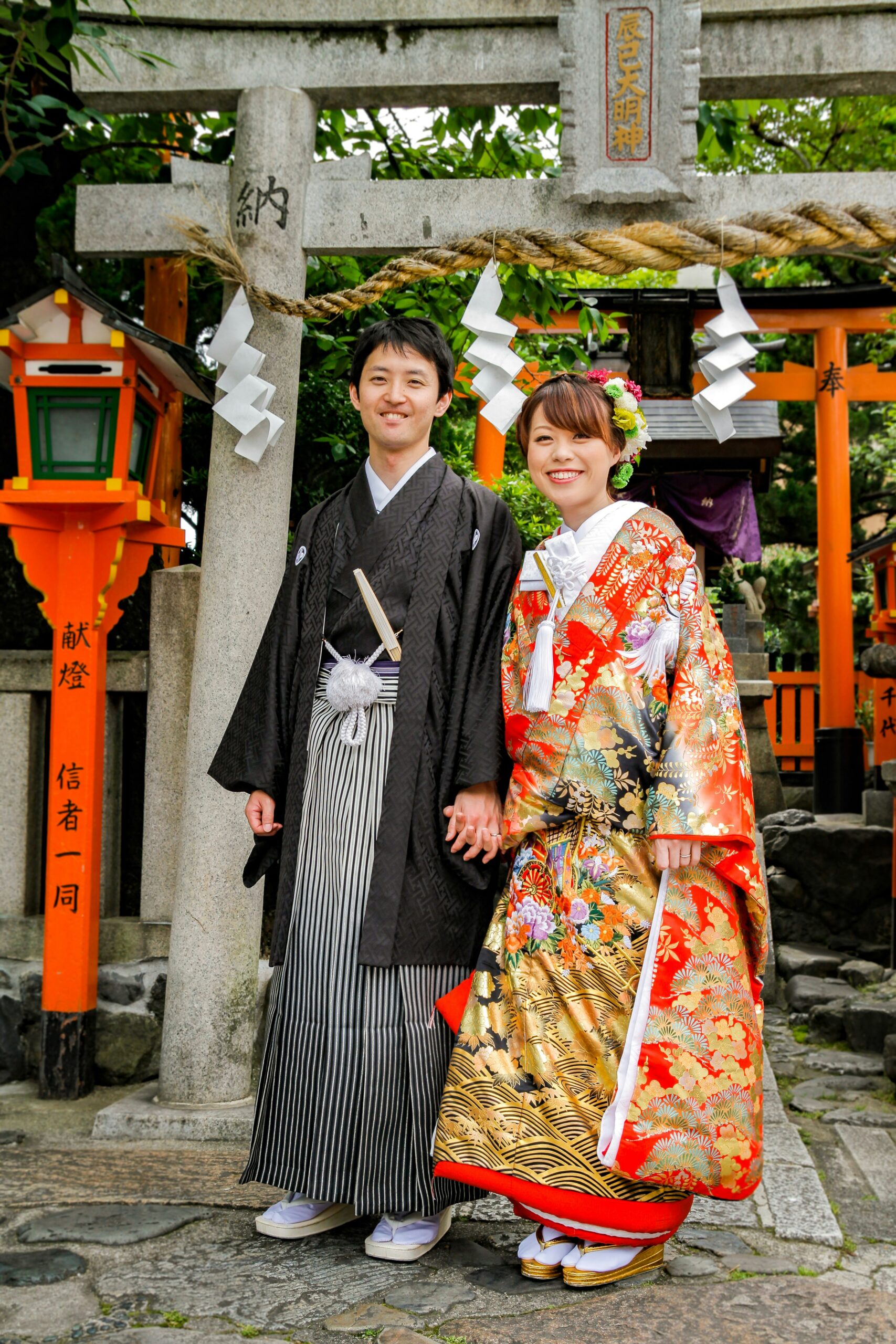
- Kiyomizu-dera Temple – A UNESCO World Heritage Site famous for its wooden stage overlooking cherry blossoms in spring and red leaves in autumn.
- Sannenzaka and Ninenzaka Streets – Slopes filled with shops, lanterns, and traditional sweets. Perfect for photos in kimono.
- Yasaka Pagoda (Hokan-ji Temple) – Perhaps the most photographed spot in Kyoto, often seen with kimono-clad visitors in the foreground.
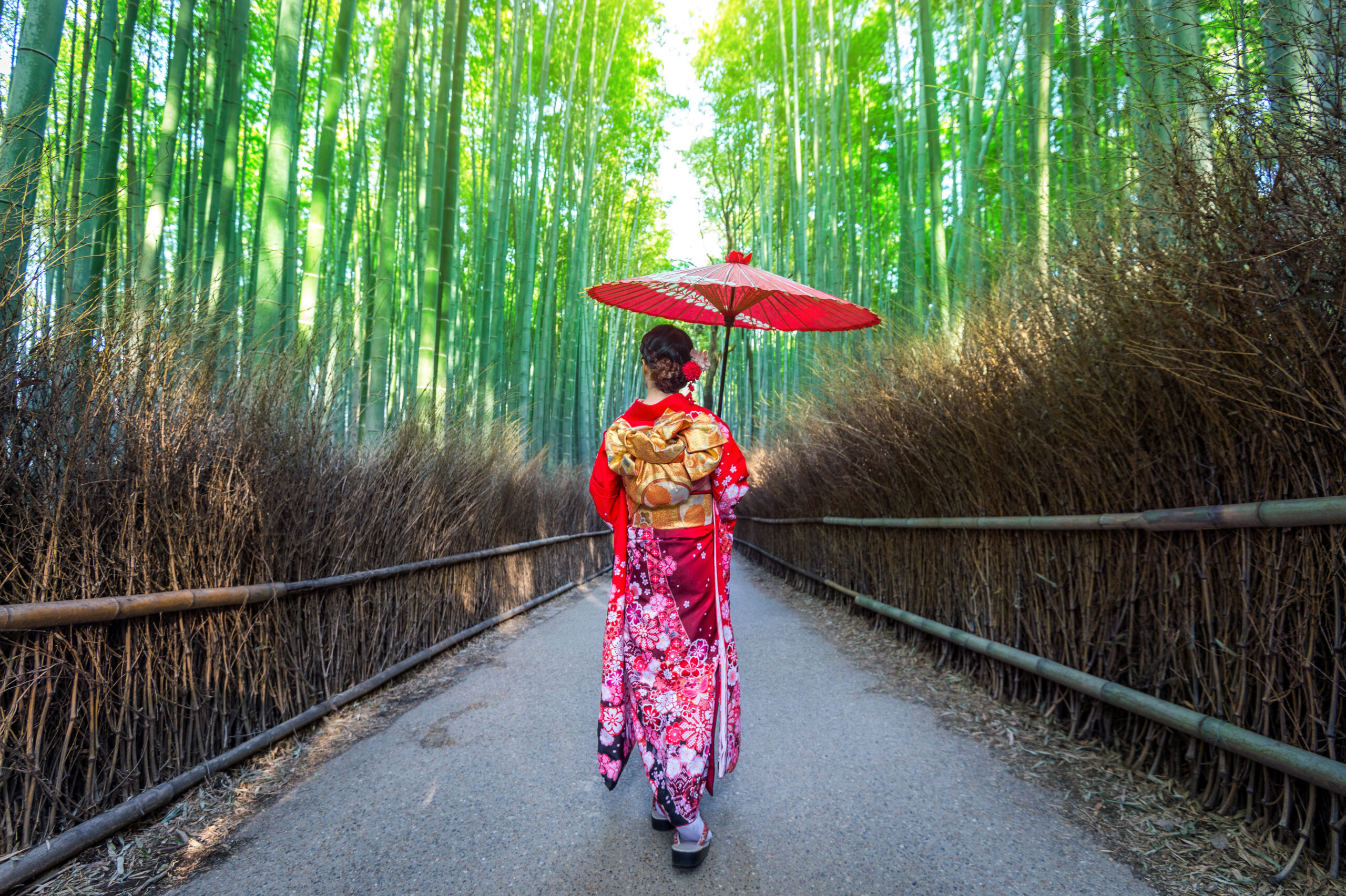
2.3. Best Seasons to Visit Higashiyama in Kimono
Spring (Sakura Season)
Pink cherry blossoms make kimono colors shine.
Autumn (Momiji Season)
Fiery red and orange leaves contrast beautifully with kimono patterns.
Winter
Snow adds a magical, serene backdrop.
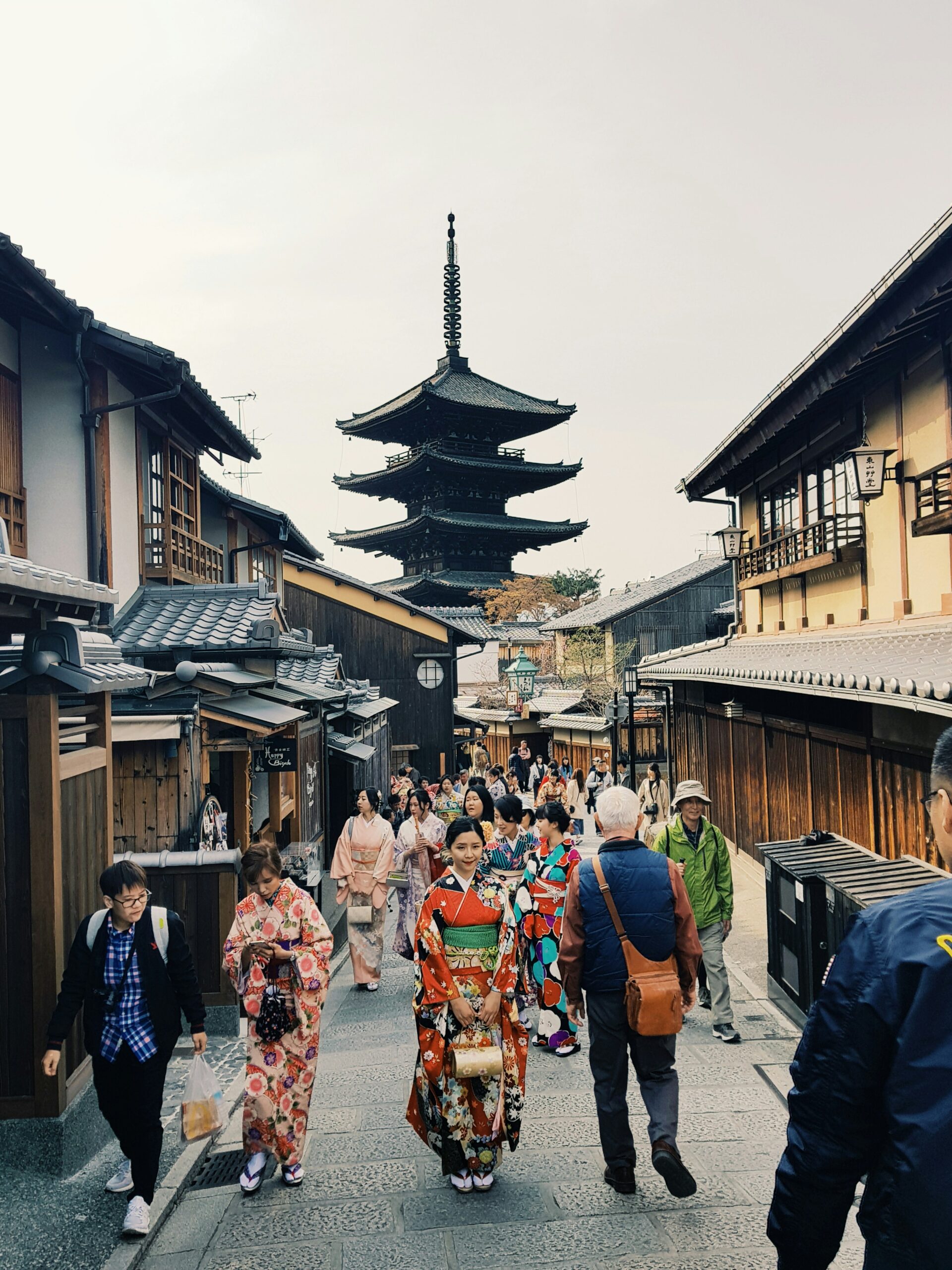
3. Pontocho: Kyoto’s Romantic Night District
3.1. What Makes Pontocho Unique?
Pontocho is a narrow alley running along the Kamo River. It is famous for its wooden teahouses, lantern-lit pathways, and geisha culture. While Higashiyama is perfect for daytime exploration, Pontocho comes alive at night.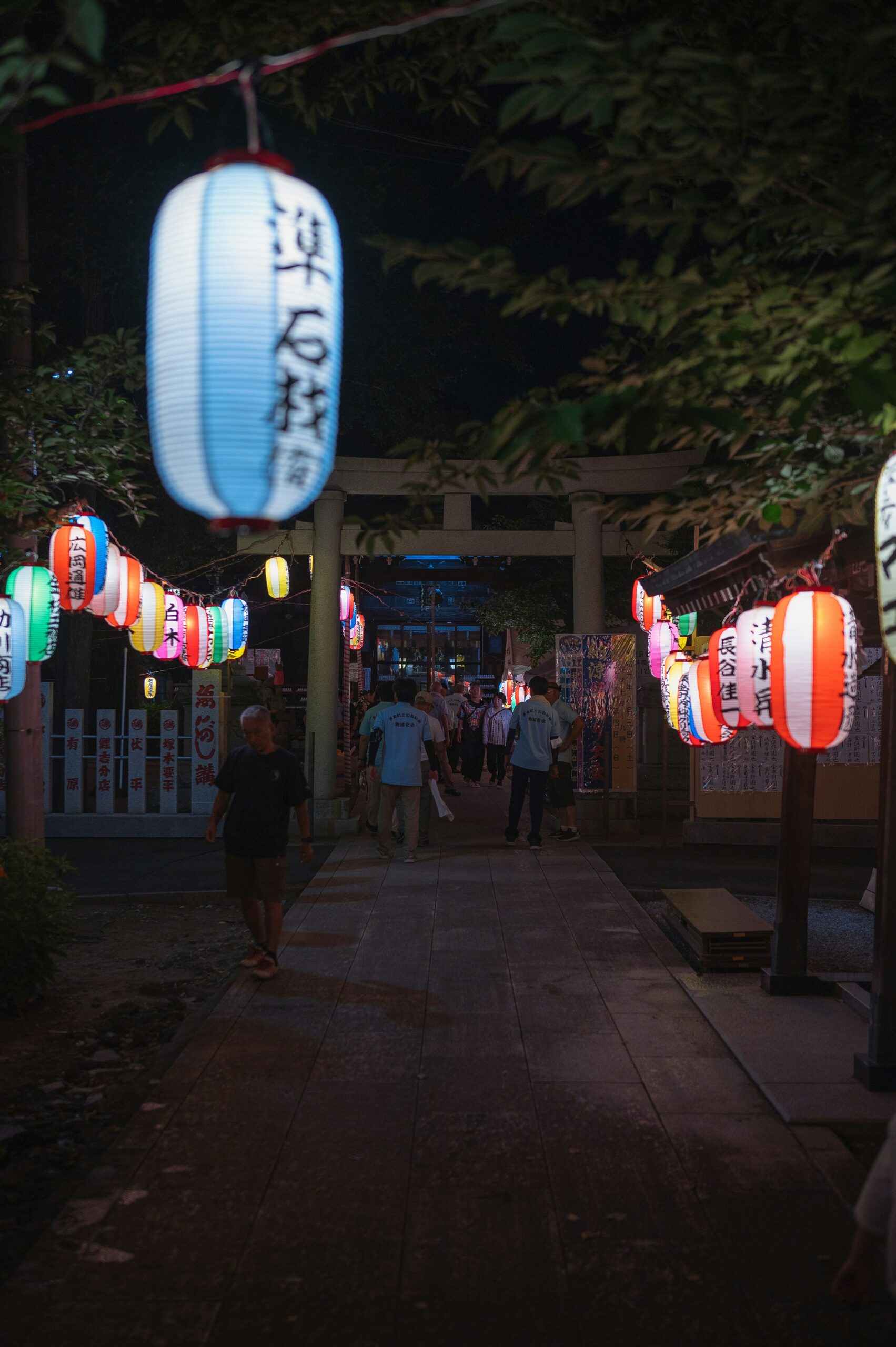
3.2. Dining in Pontocho
Many restaurants here offer kaiseki cuisine (Japanese haute cuisine) with river views. Walking in kimono to a traditional dinner transforms the night into an unforgettable experience.
3.3. Geisha and Maiko Sightings
Pontocho is still one of the few districts where you may encounter maiko (apprentice geisha) hurrying to appointments. Seeing them while wearing a kimono yourself feels like becoming part of a living tradition.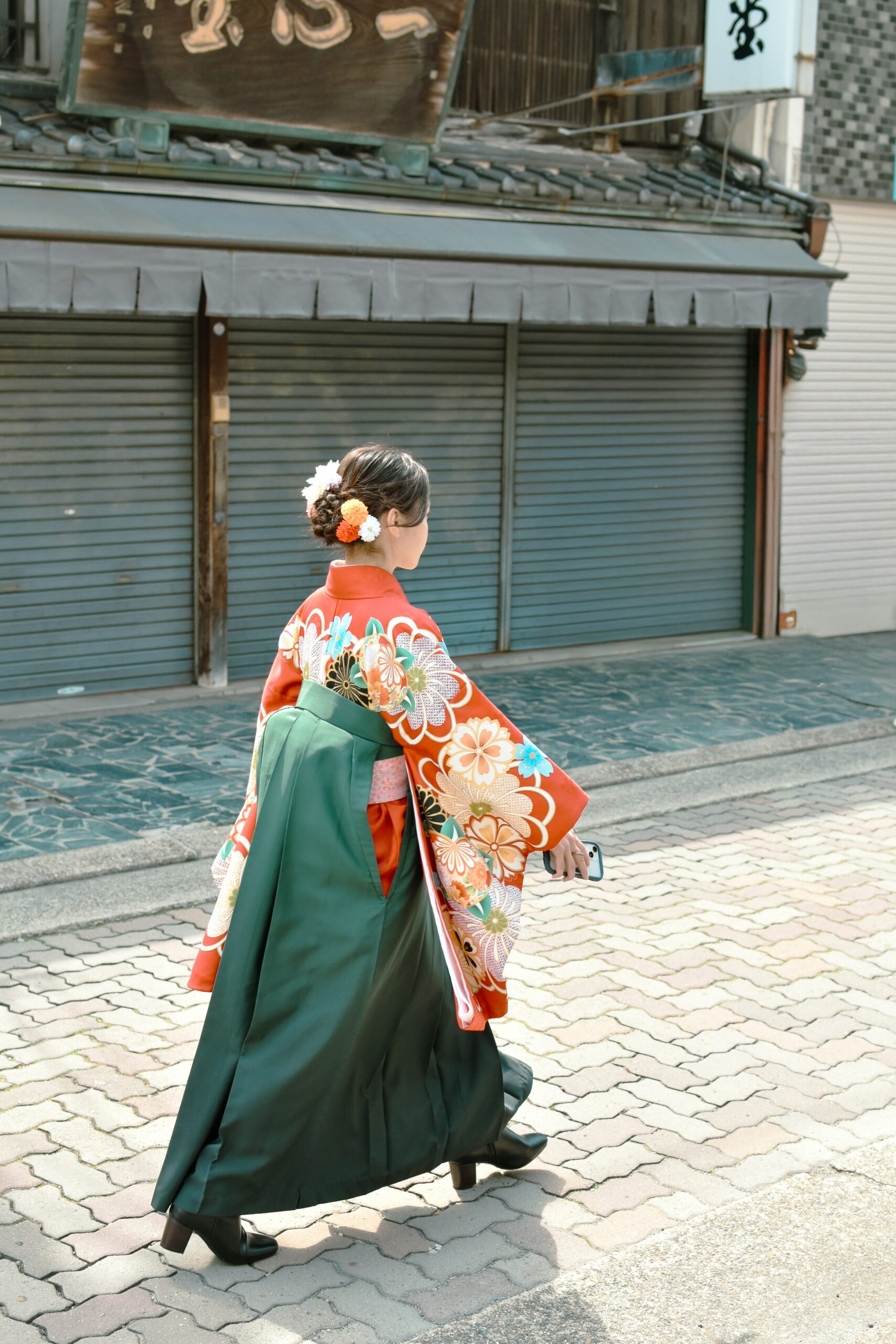
4. The Kimono Experience: More Than Just Clothing
4.1. Symbolism of Kimono
Kimono patterns and colors often reflect seasons and occasions:
Cherry blossom motifs
Spring & renewal
Maple leaves
Autumn & transformation
Cranes and pine
Longevity and celebration
4.2. Renting vs. Owning a Kimono
Most visitors choose kimono rental services in Kyoto, which include dressing assistance, accessories, and hairstyling. This allows anyone to enjoy the experience without worrying about cost or complexity.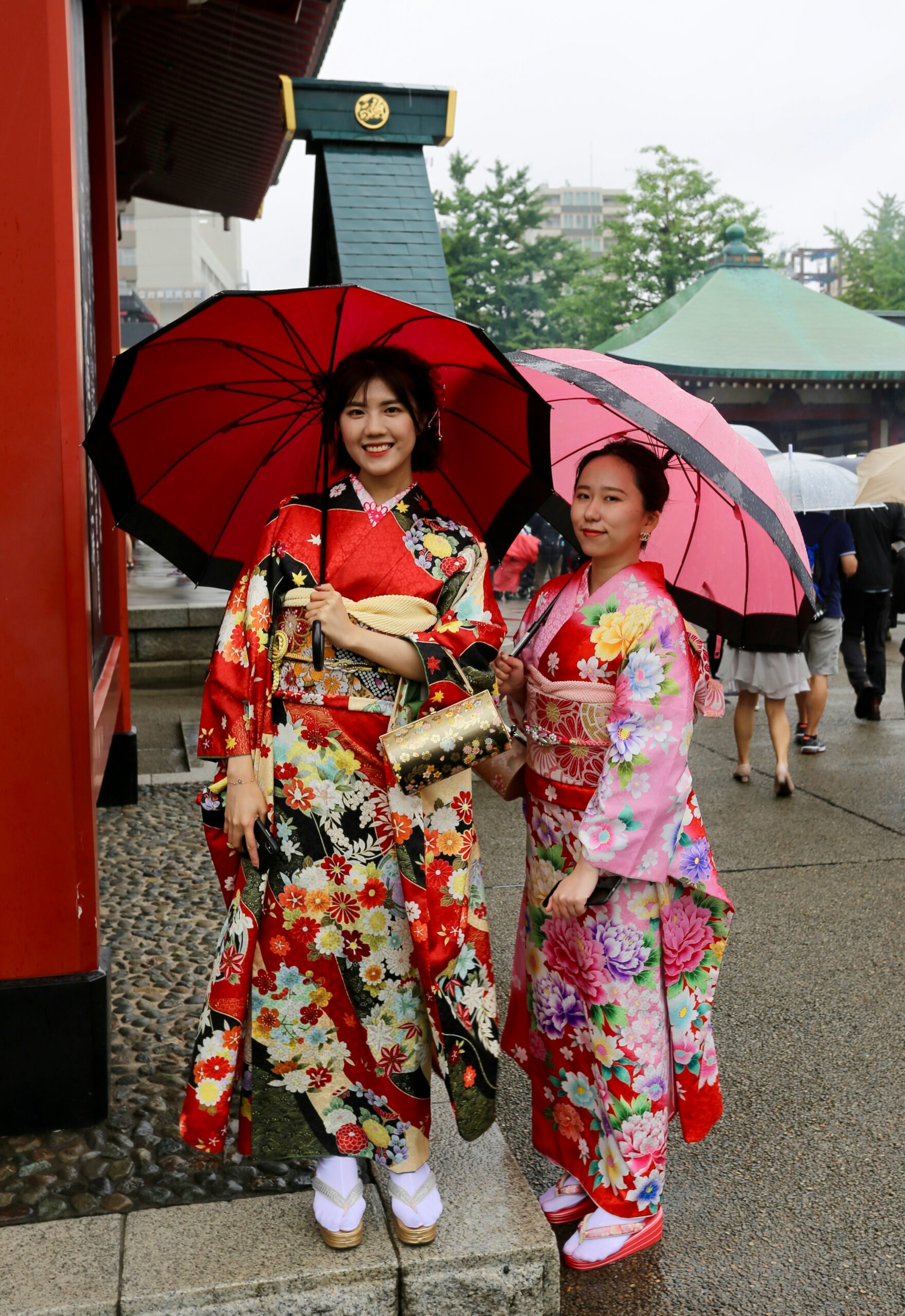
You can easily book your kimono experience here: AllPhotos Kyoto
5. Tips for Walking in Kimono Through Higashiyama and Pontocho
Choose Comfortable Footwear – Traditional zori sandals are included in rentals, but be prepared for cobblestone streets.
Mind the Weather – In summer, lightweight yukata (casual kimono) is more comfortable.
Start in the Morning – To avoid crowds in Higashiyama.
Stay Until Evening – To enjoy Pontocho’s lantern-lit magic.
Book a Professional Photoshoot – Kyoto is one of the most photogenic cities in the world. Capture your memories with a pro photographer.
6. Photography in Kimono: Creating Eternal Memories
Walking in kimono is one thing—documenting it is another. Kyoto offers countless photography spots, from temple gates to riverside views.
At AllPhotos Kyoto, we provide professional kimono photography services so you can treasure your trip forever. Whether it’s a solo adventure, couple photoshoot, or family session, our team helps you capture Kyoto’s beauty.
7. Practical Information for Your Visit
Nearest Stations to Higashiyama: Gion-Shijo Station (Keihan Line) or Kiyomizu-Gojo Station.
Nearest Station to Pontocho: Kawaramachi Station (Hankyu Line).
Recommended Time: 1 full day (morning in Higashiyama, evening in Pontocho).
Budget: Kimono rental starts around ¥3,000–¥6,000 ($20–$40 USD).
8. Conclusion: Living Kyoto’s History in Kimono
Kyoto’s Higashiyama and Pontocho are more than tourist attractions—they are living museums of Japanese tradition. By wearing a kimono while strolling through these districts, you do not just observe history, you become part of it.
Ready to capture the essence of Kyoto?Book your kimono photoshoot today at AllPhotos Kyoto
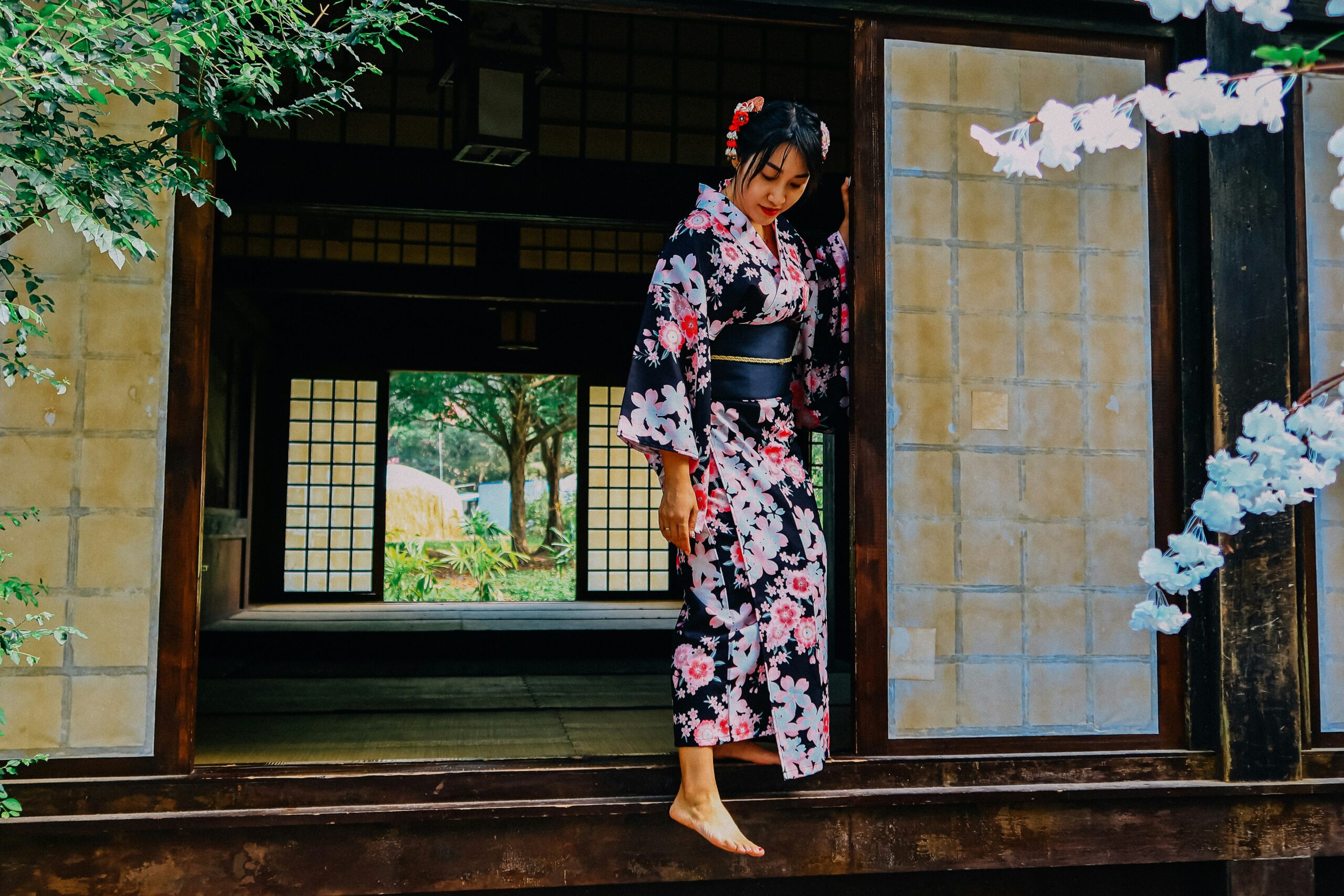


コメント